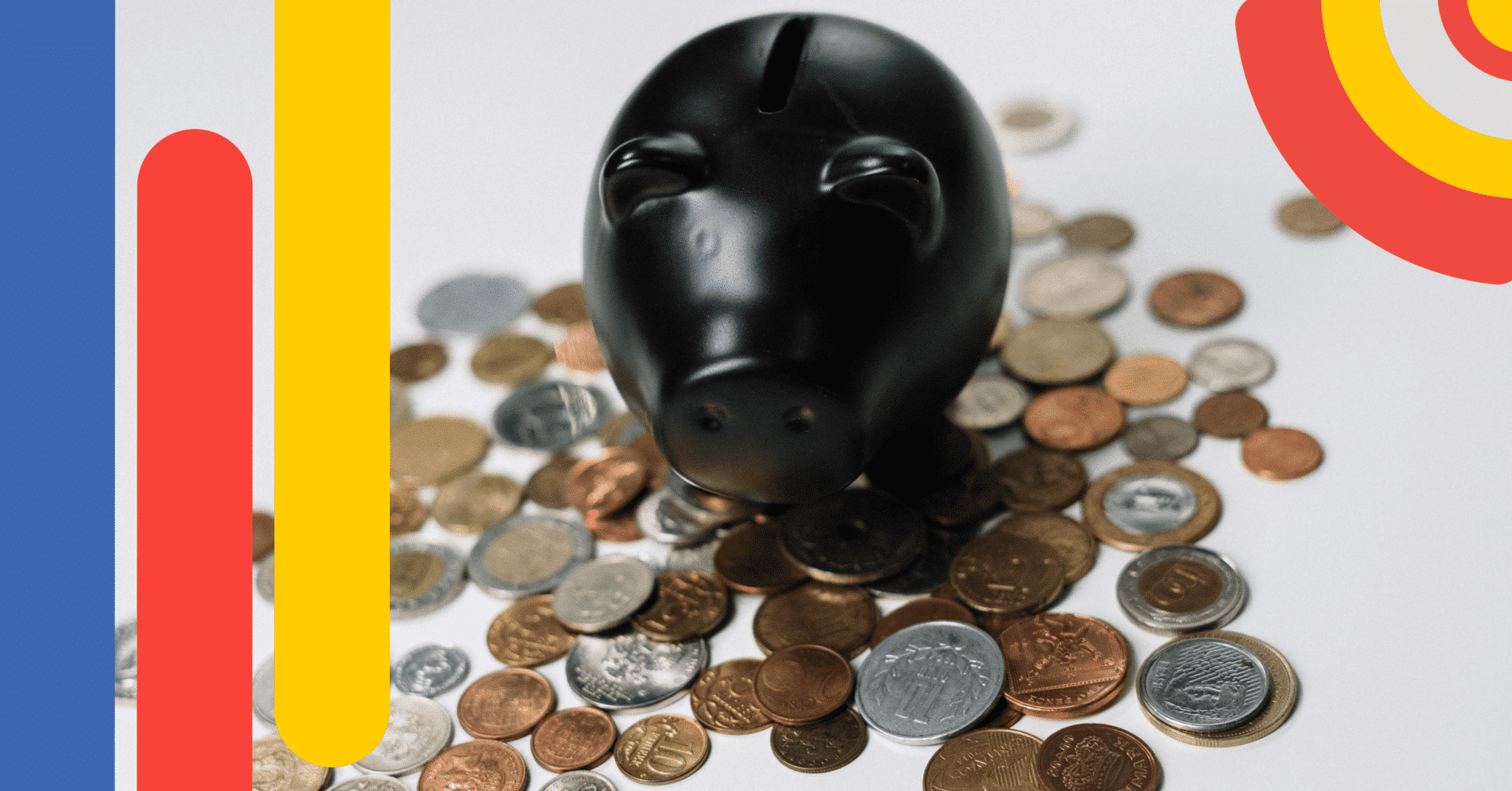Real Estate #Featured articles
Real Estate #Featured articles
How Do Rates Affect Bond Yield Performance

Table of contents
Understanding the basics of bond prices and interest rates will help you make more informed decisions when it comes to borrowing, saving, and investing. These concepts can be very complex so in this article, we will cover what government bonds and yields are, and explain how interest rates can impact bond prices. Hopefully, by the end, you’ll have a better understanding of the effects of bond interest rates and how you can use this knowledge to your advantage. So let’s get started!
Key Highlights
- Bonds are low-risk investment tools for investors and their value will fluctuate with time. They are used by the government to raise money for public spending and pay off their debts.
- The bond yields, their return on investment, is closely linked to interest rates and as interest rate increases, existing government bonds tend to be less lucrative for investors at least for the short term.
- Bond prices go the opposite way of interest rates so as interest rates go up, bond prices go down.
What are Government Bonds?
Government bonds are a type of loan that governments contract with their own citizens. The government is borrowing money from people who buy the bonds. When you buy a government bond, you are basically lending money to the government to do things like build roads, schools, hospitals and other types of public spending. The government promises to pay you back with interest after a certain amount of time, it can be as short as a year and as long as 30 years.
Put it simply, you’re loaning the government money and they are paying you back in the future with a little extra. Government bonds are considered low-risk types of investment.
What are Bond Yields?
A bond yield is a measure expressed in % of how much money you can make from investing in a bond. The bond pays you back in regular payments over a certain period of time. The interest amount is the bond yield. To put it simply, bond yields are the return on your investment.
For example, let’s say you buy a bond for $1,000 with a yield of 3%. This means that you can expect to earn 3% interest on your $1,000 investment over the life of the bond. So, if the bond has a maturity of 10 years, you’ll receive $30 in interest each year (3% of $1,000) until the bond matures and you get your $1,000 back. This is a simple example of bond yield and it gets more complex when you sell or buy the bond with a face value that is different from when it was issued.
Find a better rate, and we’ll match it, beat it, or give you $500*.
*Conditions Apply
With nesto, it’s stress-free
How are Interest Rates Determined?
Interest rates in Canada are determined by the Bank of Canada and play an essential part in the economy. The Bank of Canada sets a benchmark interest rate which is the rate at which banks borrow and lend money to each other. This rate, also known as the target overnight rate, helps determine other interest rates, such as consumer loans, mortgages, and other borrowings.
Every year, the Bank of Canada reviews their interest rate at fixed dates throughout the year and makes its decision depending on the economic conditions. It’s a valuable financial tool used to stimulate or slow down economic growth.
Short-term Rates vs Long-term Rates
The Bank of Canada only sets short-term interest rates and has no influence on long-term rates, which are regulated by the market forces of supply and demand of bonds.
For instance, if market participants feel that the central bank set their interest rate too low , there may be nervousness around inflation. So, they go ahead and issue higher rates on long-term bonds. In doing so, this causes a yield curve showing a bigger gap between short-term and long-term rates.
Bond Yields and Interest Rates
The price of bonds and interest rates behave in a totally different way. They are inversely related, so when interest rates rise bond prices go down and vice versa.
The price of a bond is determined by the value of the income from its coupon payments.
If interest rates are going down, bonds with higher coupon payments become more desirable – and investors trading them on secondary markets can charge extra to sell them. Alternatively, when rates are on the rise older bonds become less attractive, as they offer lower coupon payments than new bonds available in the market. The prices of these older bonds dip, resulting in their being traded at a discount.
This is the current benchmark of bond yields.
| Bond Issues | Bond Yields | Effective Dates |
|---|---|---|
| 2 year – 2025.02.01 | 3.75% | 2023.01.13 |
| 3 year – 2025.10.01 | 3.00% | 2022.11.18 |
| 5 year – 2027.09.01 | 2.75% | 2022.09.27 |
| 7 year – 2030.06.01 | 1.25% | 2023.02.15 |
| 10 year – 2032.12.01 | 2.5% | 2022.12.23 |
Canada 5-Year Bond Yield (graph since 2001)
This graph shows the 5-year bond yields of the Government of Canada bonds since 2001. It shows the return on investment that bond holders get when it gets to maturity.
Current Bond Yields and Forecasts
According to the Bank of Canada, the yield on 5-Year Canadian bonds is currently 3.5% (as of February 2022).
Looking at the current data, we can see how the latest successive interest rate increases set by the Bank of Canada led to an increase of the bond yields in recent months. The rising trend in bond yields is likely to continue in 2023 as we saw another increase of the interest rate in January 2023.
FAQ
Here are the answers to some of the frequently asked questions on the link between interest rates and bonds.
How do rising interest rates affect bond prices?
Rising interest rates are not good for bond prices because the price of existing bonds starts to decline as interest rate goes up. The newer bonds are more lucrative than the existing bonds hence their decline in value.
How do falling interest rates affect bond prices?
When interest rates fall the price of existing bonds increases. In a falling interest rate environment, new bond issues are less attractive to investors (because of a lower interest rate), than existing issues (which had a higher interest rate when issued).
Final thoughts
Government bonds are among the safest investment tools out there for Canadians because they are backed by the government. However, as low-risk tools, they also carry lower yields for their holders. If you’re looking at investing, it’s important to keep an eye on mortgage interest rates and bond yields as the two are connected.
Speak to one of our expert mortgage advisors today, if you want to learn more about getting a mortgage in Canada.
Ready to get started?
In just a few clicks, you can see our current rates. Then apply for your mortgage online in minutes!















